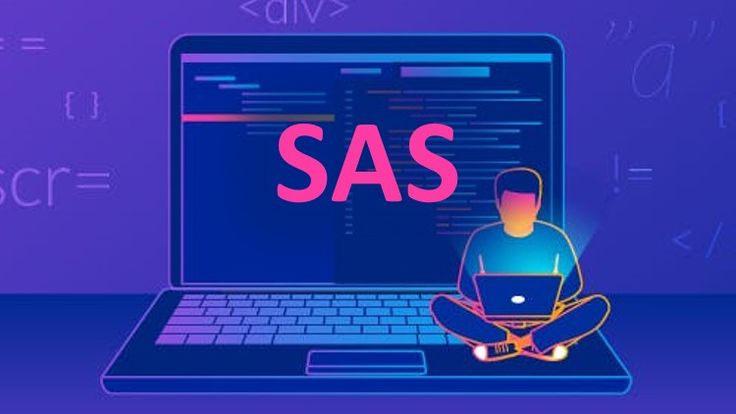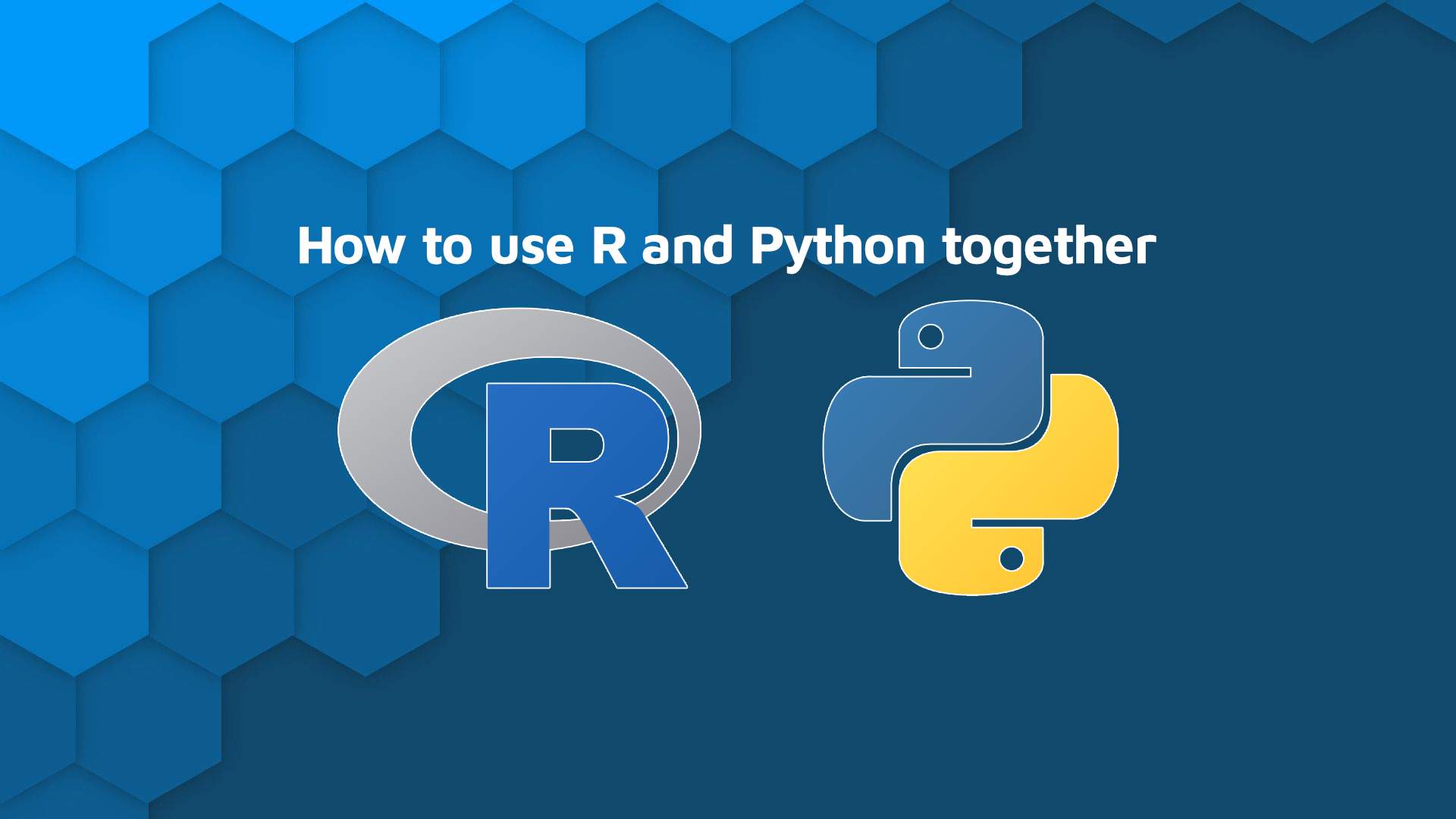Description
Introduction:
As data science projects scale in size and complexity, managing code, data, and workflows effectively becomes crucial. This course provides a deep dive into using Git to manage large-scale data science projects, addressing the unique challenges that come with big data, numerous collaborators, and complex machine learning workflows. Participants will learn advanced Git techniques, including handling large datasets, optimizing version control processes, and collaborating efficiently on large teams. The course emphasizes best practices for organizing, tracking, and automating data science workflows to ensure scalability and reproducibility across different environments.
Prerequisites:
- Solid understanding of Git fundamentals and experience with Git in smaller projects.
- Basic knowledge of data science workflows, including coding, data manipulation, and model development.
- Familiarity with Python or other programming languages commonly used in data science.
- Understanding of collaborative tools like GitHub or GitLab is recommended.
- Experience with handling larger datasets in data science projects is a plus.
Table of Content:
1. Introduction
1.1 Overview of the challenges in large-scale data science workflows
1.2 The role of Git in managing big data and complex codebases
1.3 Course objectives and learning outcomes
1.4 Tools and technologies commonly used alongside Git for large-scale projects
2. Organizing Large-Scale Data Science Repositories
2.1 Best practices for structuring repositories in large-scale projects
2.2 Splitting code, data, and models into modular components
2.3 Managing submodules and monorepos for extensive workflows
2.4 Structuring repositories for collaborative development in data science teams
3. Version Control for Large Datasets and Models
3.1 Handling large datasets in Git repositories
3.2 Implementing Git Large File Storage (Git LFS) for efficient data tracking
3.3 Best practices for versioning machine learning models in large projects
3.4 Using external storage solutions with Git for datasets and artifacts
4. Collaborative Workflows in Large-Scale Data Science Projects
4.1 Using branching strategies (e.g., Gitflow, feature branches) for large teams
4.2 Managing collaboration with multiple contributors in complex workflows
4.3 Code reviews and pull requests in large-scale projects
4.4 Using GitHub Issues, Projects, and Actions for managing project tasks and CI/CD pipelines
5. Git for Reproducibility in Large Data Science Projects
5.1 Ensuring reproducibility of data science experiments in large-scale projects
5.2 Tracking datasets, code, and environment configurations with Git(Ref: Git for Data-Driven Research: Managing Datasets and Scripts)
5.3 Handling Jupyter Notebooks and reproducibility challenges
5.4 Best practices for ensuring consistent results across different versions of projects
6. Handling Distributed Teams and Remote Collaboration
6.1 Strategies for managing geographically distributed teams using Git
6.2 Remote collaboration tools integrated with Git (GitHub, GitLab, Bitbucket)
6.3 Handling synchronization issues and conflicts in large teams
6.4 Setting up workflows for seamless collaboration across time zones
7. Scaling Git Workflows with Continuous Integration (CI)
7.1 Setting up continuous integration (CI) for large-scale data science projects
7.2 Automating testing, deployment, and data processing pipelines
7.3 Using Git hooks and automation tools for complex workflows
7.4 Case studies on CI/CD pipelines in large data science environments
8. Advanced Git Techniques for Large-Scale Projects
8.1 Using Git rebase, squash, and merge for managing large-scale repositories
8.2 Handling conflicts and resolving issues in complex workflows
8.3 Implementing Git bisect for debugging and tracking bugs in large projects
8.4 Advanced branching techniques for complex data science projects
9. Git Security and Compliance for Large-Scale Data Science
9.1 Managing access control and permissions in Git for large teams
9.2 Implementing secure practices for handling sensitive data and credentials
9.3 Auditing Git repositories for compliance with organizational policies
9.4 Protecting intellectual property and proprietary data in large projects
10. Integrating Git with Big Data and Machine Learning Platforms
10.1 Using Git with big data frameworks like Hadoop, Spark, and Databricks
10.2 Managing large-scale machine learning pipelines with Git
10.3 Version control for data pipelines and streaming data projects
10.4 Integrating Git with popular ML and data science platforms (DVC, MLflow, Kubeflow)
11. Case Studies in Large-Scale Data Science Projects
11.1 Real-world case studies on managing large-scale data science projects with Git
11.2 Analyzing the challenges and solutions in data science at scale
11.3 Success stories from enterprises using Git for big data and AI projects
11.4 Key lessons for managing complex data science workflows efficiently
12. Final Project: Applying Git to a Large-Scale Data Science Workflow
12.1 Building a large-scale data science project using Git for version control
12.2 Implementing best practices for organizing code, data, and models
12.3 Managing collaboration and automation workflows in Git
12.4 Presenting and reviewing the final project with a focus on scalability and efficiency
13. Conclusion and Next Steps
13.1 Recap of advanced Git techniques for large-scale data science
13.2 Future trends in version control and collaboration for big data projects
13.3 Additional learning paths for mastering Git in enterprise environments
13.4 Exploring career opportunities in large-scale data science and project management
To conclude; this course offers a detailed roadmap for leveraging, covering repository management, collaborative workflows, and reproducibility. By mastering advanced Git techniques and CI/CD practices, participants can efficiently manage data science pipelines and tackle big data challenges. The final project solidifies practical knowledge, preparing learners for future roles in large-scale data science environments.
If you are looking for customized info, Please contact us here







Reviews
There are no reviews yet.